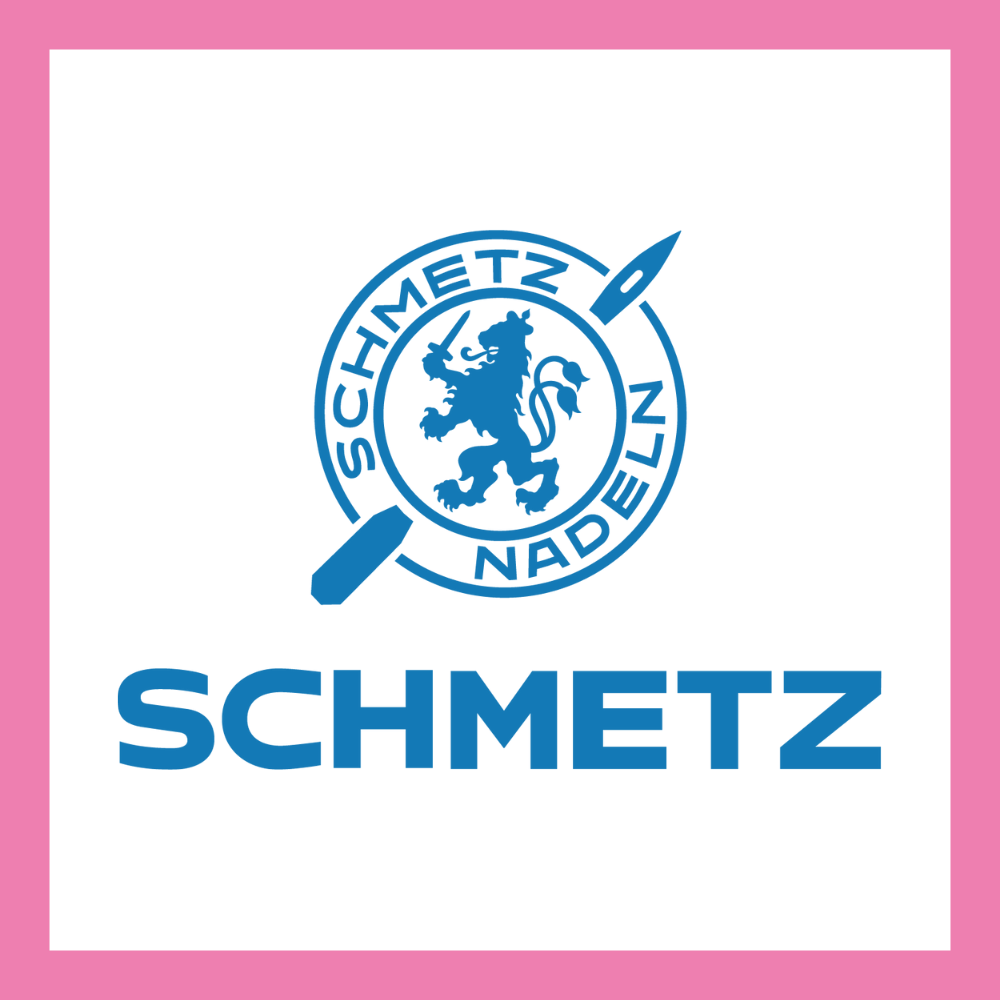The Quilt Collection from The Quilters’ Guild: Patchwork: Pattern and Print: 1780-1840
This year’s exhibition from The Quilt Collection provides a stunning visual feast – an impressive collection of late eighteenth and early nineteenth-century pieces featuring a vast array of printed cottons and made from a variety of patchwork techniques, including an exceptionally rare and exquisite inlaid cotton patchwork coverlet.






With some fabrics dating as early as the 1780s, this is an extraordinary chance to see such interesting, beautiful, and historic pieces of early printed cottons patchwork altogether in one exhibition, several of which have never been publicly exhibited before.
Amongst these treasures of our early patchwork heritage is the meticulous Billings Coverlet, a marvel of accuracy and geometry, made in the first decade of the nineteenth century with the utmost precision and skill. Constructed in frames and hand-pieced over papers using the mosaic patchwork technique, it remains one of the most complex and carefully pieced items in The Collection.
In contrast, the signed and dated Challans Coverlet is a fabulous example of a simple appliqué made by someone with less time and skill. The stitches are large, the shapes are not uniform, and the indigo fabric at the centre of the piece was considered low class and unfashionable at the time of its construction. However, the design aspirations show it aims to emulate the type of pieces being made by those of a higher social standing.
The spectacular Gooch Coverlet is an incredibly rare surviving example of cotton inlaid patchwork, an exquisite piece of meticulous and precise construction, which is a technical marvel and is undoubtedly the star attraction of the exhibition. Inlaid patchwork places shapes and designs set into perfectly corresponding holes in the backing fabric with no seams or separate pieces and is so complex that very few were made and even fewer survive.











